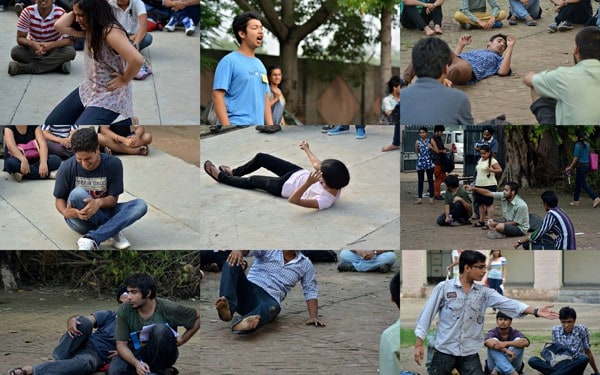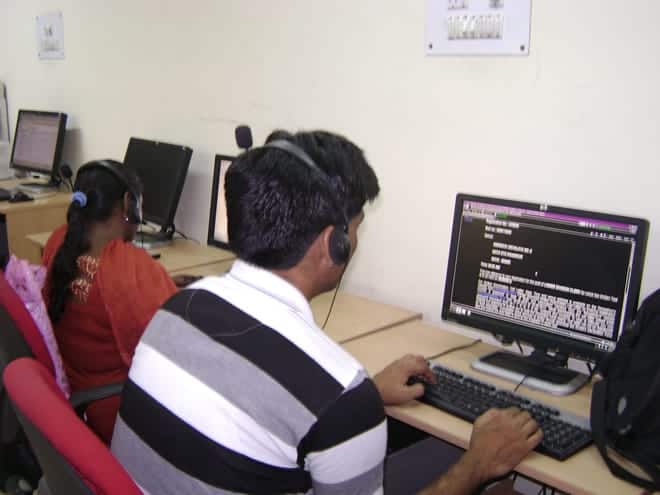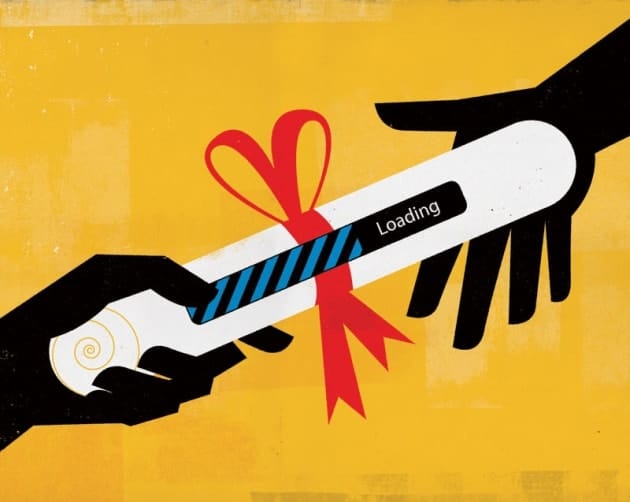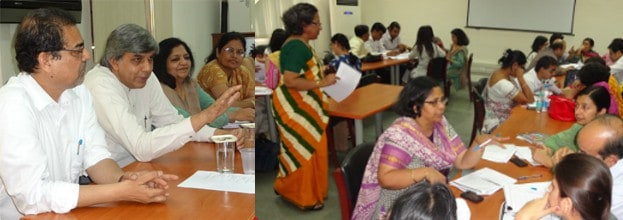Human beings are nothing if not ingenious. We were born in caves. Then came the axes, spears, wheels, fire and so on (not necessarily in that order). We invented languages, and not just one or two but early 6,500 of them. Then came the scientists, the serious ones, with their electricity and telephones and airplanes. And to top it all, we invented education!
And so the years rolled by with inventions and extinctions. And as man’s inherent need to better himself sharpened, the field of education and knowledge has acquired the importance that cannot even be rivaled, much less outshone, by any other area of interest.
One of the latest developments in the field of education is the introduction of MOOC. For all those who don’t know what they are, MOOC (Massive Open Online Courses) is a form of distance learning programs that are completely guided by the Internet. So a person would be admitted online, he gets all his study material online, he interacts with his teachers and colleagues online and learns and betters himself while sitting in front of a 15-inch screen. A lot of educational institutions, including every academic’s Mecca- Harvard, has launched various MOOC’s that reach out to not only a much larger section of people but also at a much smaller price and sometimes, even for free. A lot of times students across age brackets cannot pursue studies because they have to work to earn a living or because they don’t have access to higher education. Distance Learning comes to the rescue then. A student who has to travel hours to listen to a college professor speak can simply sit, switch on his magic screen and learn about practically anything from management to human intelligence. Also, many a times, a student may already be pursuing a particular field and cannot swing two things together. Even in situations like these, he can sign up for an online course and take classes in his free time. Another aspect that works in its favor is that MOOCs primary focus is on spreading knowledge. Much larger number of students can be reached online than in person, in much shorter durations and at a fraction of the cost.
Anyone wanting to pursue on online course just needs to get onto the web and there are courses for almost everything. The most pertinent sites I came across are:
www.mooc-list.com: a highly wide ranging website, it has courses or links in almost all fields across the board.
www.edx.org: a pioneer in the field of online education, this website has associations with universities like Harvard, MIT etc.
www.opencourses.sunstone.in: launched by Sunstone Business School, the course specializes in business and management.
www.code.org: If you are high on learning how to code! The website offers Python, Java, C, C++ along with other programming languages.
(Readers’ inputs)
https://www.coursera.org/: Hugely popular and a combined offering of soft skills as well as professional ones. Can find courses spanning Humanities, Medicine, Biology, Social Sciences, Mathematics, Business as well as Computer Science.
https://www.udacity.com/: The website offers college courses in interactive format right on the web! Science, Business, Psychology – it all gets broken into Beginner, Intermediate and Advanced levels.
http://ocw.mit.edu/: MIT OCW or MIT Open Course Ware offers MIT lectures and course material on the web for students to learn.
But like almost everything else in this world, MOOCs are not perfect. A lot of times, how well a particular concept is understood by the students has more to do with the teacher’s proficiency than the text book in front of the student. Some things need to be debated upon rather than dictated. Distance learning falls short on all these terms. A MOOC can touch the surface of the subject but cannot fathom the depths of an obscure issue that a classroom teacher can. Another pressing issue is the way a student is evaluated. MOOC generally rely on Multiple Choice and highly objective questions that can be checked by a machine. A lot of times a simple yes/no cannot test if a student has grasped the concept or not.
To sum it up, MOOCs are highly useful when the subjects being taught are easy, non-technical and have more to do with self-understanding. But when the concepts become abstruse, subjective and debatable, a strict, imposing, rod wielding professor is the way to go!
Image Credit: Dale Edwin Murray for Nature Magazine











